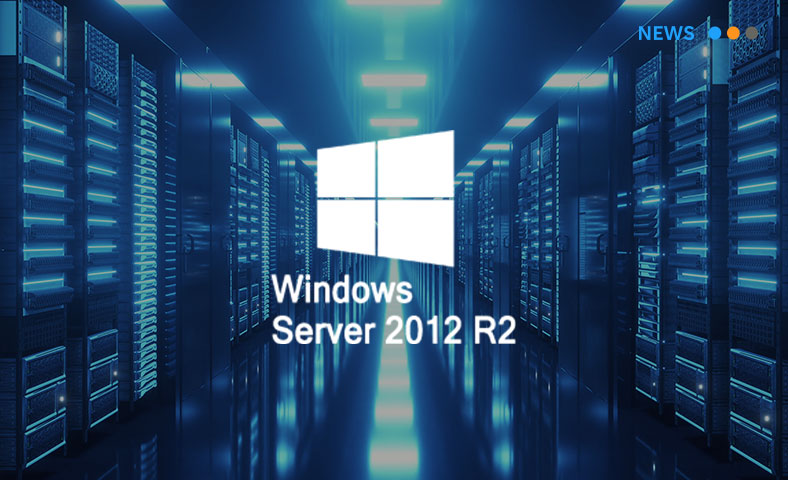Technical Challenges when Adopting or Migration to Cloud (2/3)
February 19, 2020Advantages of implementing Cloud Computing
May 20, 2020When transitioning your IT to a Cloud or hybrid model and whether adopting, implementing, or migrating to Cloud, challenges go beyond just the technical ones, which, with the right experience and maybe with external help and budget, can be achieved and accomplished successfully. It might seem paradoxical, but your organization might have some more trouble when dealing with those challenges coming from the organizational changes and the impact they might have.
In the sections below, we discuss the most important ones that you can most probably have to deal with. Of course, the nature of your organization, for example if you are working for a private profit and customer-facing enterprises, or for a public organization and institutions will have different angles and challenges.
1. New Governance Model for the Cloud
Cloud Governance is the definition of an operating model for the optimal use of the Cloud Services provided to the organizations, that is, a set of policies and procedures for the correct provisioning and use of the IT resources provided by the Cloud capabilities.
There are many governance models for “traditional lT”, based on different frameworks and standards (e.g., ITIL, COBIT, etc.). The challenge for governing the Cloud is how to evolve and adapt -or define- their IT governance models to the new Cloud specific services and capabilities. Issues include how to adapt the new governance model to meet required SLA´s, monitoring, service management, demand management, security, compliance, costs or other required quality or validation processes in enterprises and organizations.
On Chapter 4 of the Cloud Migration Handbook we introduce a pragmatic overview one of the many possible Cloud Governance models, including the following main components:
– A Cloud Reference Architecture
– Demand Management
– Security and Compliance for the Cloud
– Service Management
– Cost Management
– Process Automation
Governing your IT in the Cloud is a very extensive topic and most probably the basic technological pillar that includes all the processes that are needed for supporting the business.
2. Managed Cloud Services
Since the very first moment you have the first systems with a productive use (even if these are development environments), the organization needs to have in place the service management model and governance, so systems are protected, secured, monitored, optimized and managed, and quality, security and SLAs are met as required.
As an integral part of the new Cloud Governance model, the challenge is to transition from the current on-premises model to the new Cloud model. We deal with this topic as a new way or model to do “outsourcing” or going a step forward even to have “Managed Cloud as a Service” (MCaaS). Consider now the “share responsibility model”, where your Cloud provider will be responsible to provide services which previously were performed either internally by your IT department or your service and support partner. This topic is explained and detailed in a full chapter of the second volume of the Cloud Migration Handbook.
3. Lack of Internal Experience
Even if Cloud is an evolution of the well-known virtualization technologies, there will be many changes and skills required for your IT staff to get acquainted with. For some time, IT departments and even incumbent system integrators have been quite fearful of losing their current jobs because of the Cloud. This is not really the case; although it is true that many activities and responsibilities now lay on the Cloud provider. That is already included in the pricing, which IT, an outsourcer, or managed services provider previously performed. All of those activities related with hardware and infrastructure—replacing storage, plugging network cables, doing firmware updates, and so many others—do not add any value to the business. With Cloud, it comes as standard, along with many others depending on the delivery model chosen.
In technical terms, IT needs to be prepared and mostly reskilled, which is not difficult at all for system admins and support personnel. Training, good material, workshops, and assessments are a good way to accomplish this. A bigger challenge is the organizational one since there might be important changes and differences in the roles and functions that IT personnel will be in charge of.
4. Change Management
Businesses and technology are in a continuous change state. There is a famous sentence from a big company CEO stating that “change is the only variable that remain constant”. As a generic process Change might have many objects and processes within companies, but managing the change refers only to the most critical focus point: people.
Fear to change is intrinsic to human nature, and this is actually fear to the unknown. We change for two main reasons: when finding ourselves in a limit situation, or when there is a model we want, or we need to follow. In the second case, the unknown transforms into the known. All people behave in a very mimetic way, so therefore the second reason it’s comparable to the process of learning: the explicit knowledge becomes tacit. There has been a transfer of useful information. This will be the key to effectively manage the changes: the learning process.
Change, as an implicit continuous process, is a result of the need for surviving or improving so that business can react and respond better in a more efficient and competitive way to customers, shareholders, citizens, business partners and employees. Looking at efficiency and agility to reaction -and not so much the cost-, why Cloud is becoming the new standard for consuming IT resources.
There are market trends, financial figures, new products, new technology, new competitors, new needs and so on. Currently it is unquestionable that change is important for business growth and the Cloud model should be seen and handled as real business and strategic projects as well as the real enabler and pillar of most, if not all, technology needs. And it must be clearly seen how important Cloud technology and services are for driving change.
Cloud Computing in fact has enabled an essential milestone in the role of business strategy, such as the possibility for extremely quick provisioning and procurement of IT resources and services, which is key to be able to react to the constant changes in markets, products, organizations, and in general in the structure and objectives of companies. Organization readiness for the Cloud will require management of the changes that come with it.
More on Organizational Readiness for the Cloud, can be found in the first Chapter of the Cloud Migration Handbook.




